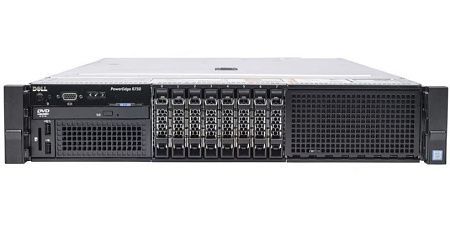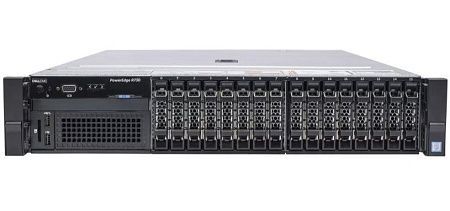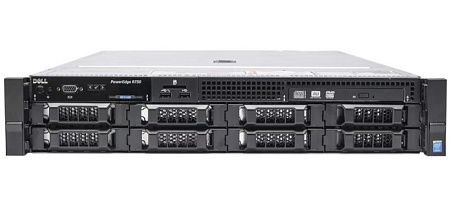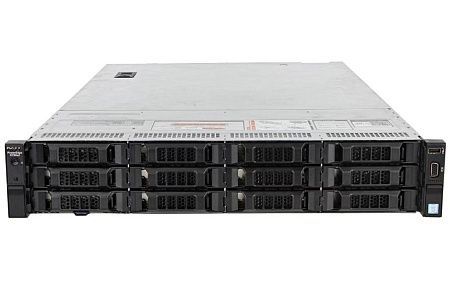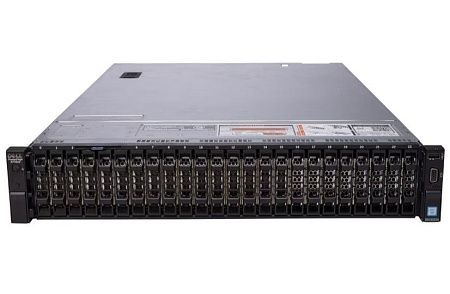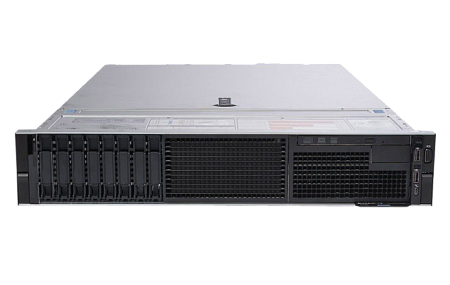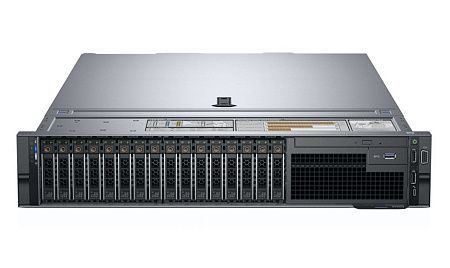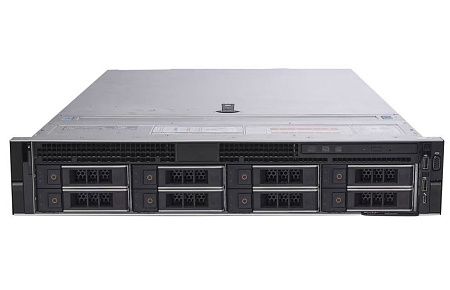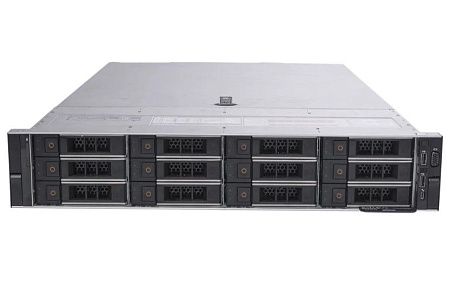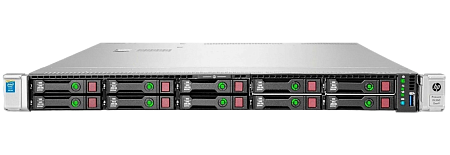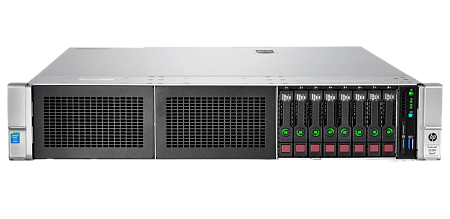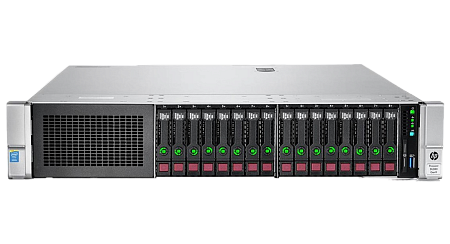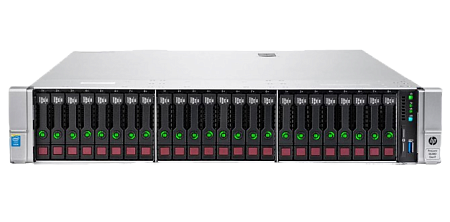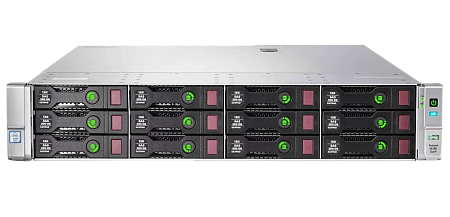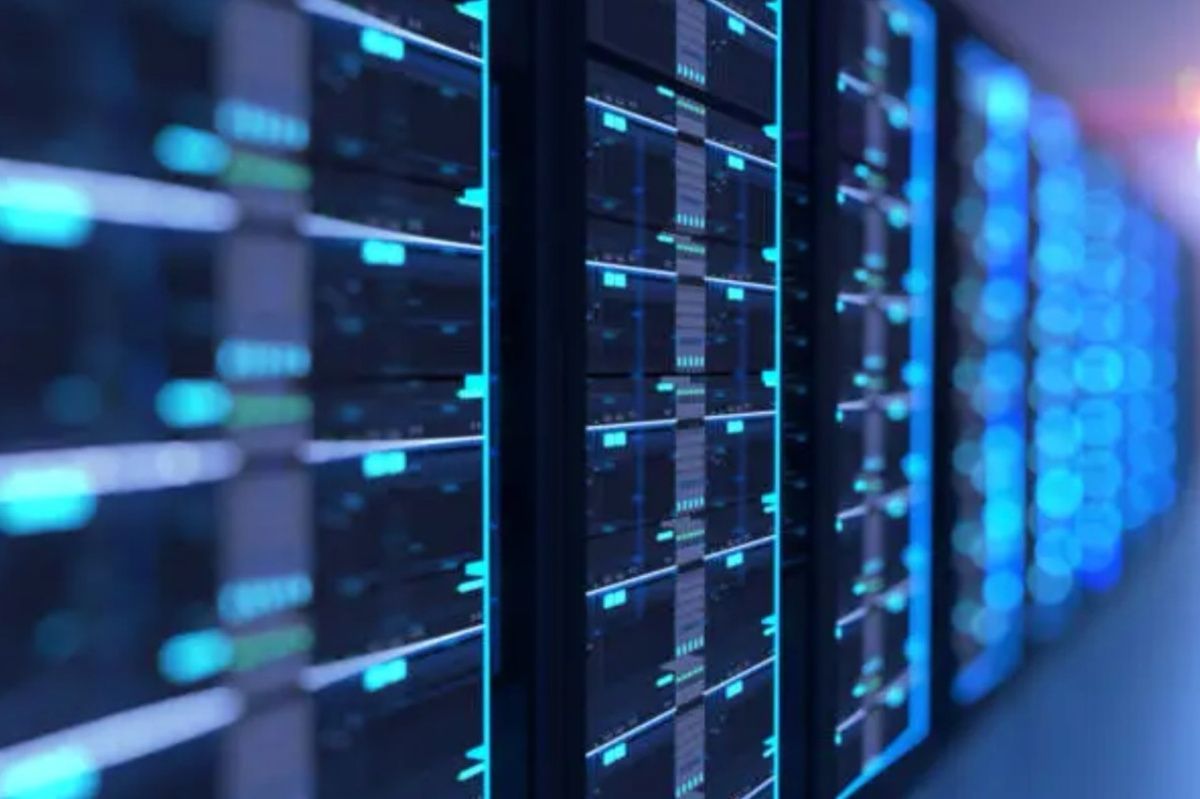In this article we will characterize the different types of data storage systems, point out their advantages and disadvantages, as well as determine what you should first pay attention to when choosing a system.
Purpose of the data storage system
A data storage system (DSS) is a centralized structure for storing and managing data in computer networks.
The data storage system is responsible for accessing data from different network nodes and ensures high speed information transfer. Data storage systems are especially in demand in data centers and corporate networks, since they provide efficiency and security of data storage.
DSS architecture
Storage systems include many elements that collectively form their complex architecture. Below we will consider the main components of a data storage system:
Cache memory (cache drive). Frequently used data is temporarily stored here for quick access.
Hard drive array (HDD or SSD). This component involves combining physical disks intended for data storage. HDDs are responsible for long-term data storage. SSDs are used to increase reading and recording speeds.
External case. The main elements of the data storage system, (cache memory, the hard drive array, disk array controller) are located here. The primary purpose of the external enclosure is to provide reliable protection for the storage components.
RAID controller. It is responsible for organizing the operation of the hard drive array. Main functions of this device are:
- ensuring data security and integrity,
- data backup,
- data access control,
- combining individual disks into logical groups.
Power supplies. They provide power supply for all storage elements and are responsible for their stable operation.
Each storage element takes an important place in the functionality of the entire system, which together ensures the availability and security of information. These components can be customized to suit the organization's needs and its specific purposes.
Storage System Classification
Several types of data storage systems can be distinguished based on different criteria:
-
Type of access organization. The storage system can be configured using different methods in order to achieve an optimal combination of protocols, software and hardware components.
Storage Area Network (SAN). It is a specialized high-speed network that is responsible for network access to data storage platforms. SAN most often consists of interconnected components such as: switches, hosts, and various storage devices. With this network, storage devices are identified by the host as locally connected which is possible through the use of resource virtualization.
Network Attached Storage (NAS). This platform provides centralized storage of information, which can be accessed by all devices connected to the network. NAS support and management is carried out by special software. Access to data is performed through special network transfer protocols (SMB, FTP, NFS, etc.).
Using accounts and access rights, users can perform operations to create a wide range of directories, as well as delimit access to them. Support for additional features is available for some NAS devices. Such features include media streaming, data backup, accessing files via the Internet, etc. It is also worth noting other advantages of NAS: access to data from anywhere in the network, centralized file storage, easy storage expansion.
Direct Attached Storage (DAS). This storage system is a combination of hard drives connected to equipment via USB, SCSI, Thunderbolt or eSATA. As a result, DAS is able to provide higher data transfer rates compared to SAN or NAS.
-
Type of data processing. The DSS architecture underlies a wide range of data storage services. Information storage in these services can be organized in different ways: in the form of objects, individual files or blocks (depending on the data type).
Object storage. In such storages, data are organized as objects that include the data itself, metadata and a unique identifier. This approach makes it possible to conveniently and effectively manage large amounts of information (for example, big data). It also provides storage flexibility and scalability. Object storage is usually required for storing data in cloud and distributed systems.
File storage. Such storages are necessary for managing and storing files and folders. UNIX/Linux systems use the NFS (Network File System) protocol and Windows systems use the CIFS (Common Internet File System) protocol to provide access to data. File systems (for example, NAS) provide the convenience of data sharing and file management.
Block storage. Block storages involve functioning at a lower level, providing access to information in the form of blocks of a certain size. Such storages are designed to store and transfer data in the form of blocks using protocols such as SCSI, iSCSI or Fibre Channel.Information storage, which implies low latency and high performance level, often requires the use of block devices.
The information storage methods described above can be used in combination in DSS based on system configuration and your specific requirements.
Data storage system fault tolerance and disaster recovery
Infrastructure fault tolerance is an important indicator that requires constant attention from the provider, regardless of the type of data storage system. The level of storage system stability can be increased through the following functions:
- load distribution,
- backup,
- protection against attacks, etc.
In case of any error or malfunction, these services will help to eliminate the consequences of such failures and restore the system as soon as possible.
The ability of the DSS to recover from failures is assessed using the following metrics:
RPO (Recovery Point Objective). This indicator is required to determine the maximum allowable amount of data that can be lost in the event of a failure. It also indicates the extent of data recovery at the time of failure. The lower the RPO indicator, the less data loss at the time of recovery.
RTO (Recovery Time Objective). This indicator reflects the maximum allowable recovery time after an error. It determines the exact amount of time required to restore the system. The lower the RTO indicator, the faster the system can be restored.
Recommendations for choosing the right DSS
When choosing a storage system, we advise you to consider a number of important factors:
Efficiency. Determine your workload and performance requirements, taking into account parameters such as reading and writing speed, as well as data transfer speed (do not forget about the possible data latency).
Storage capacity. Determine the capacity needed for current and future data. Don't forget to take into account the increase in data volume over time.
Scalability. It's also important to understand how easy it will be to expand the storage in the future. The ability to expand storage without problems and extra costs, as well as to add additional disks should be supported by your equipment.
Reliability. Make sure the storage system supports fault tolerance, backup and recovery functions.
Compatibility. The selected data storage system must be compatible with the elements of your infrastructure: operating systems, network protocols, virtualization, etc.
Budget. Check out the products from different manufacturers and compare their functionality and cost. The final choice should be made based on the information received and your capabilities.
You can also additionally get important information about certain storage models from specialists.
Data center users can use entire dedicated storage systems and logical LUN units with a volume of 1 TB or more on a shared access basis.Large organizations most often use dedicated storage systems for their business purposes. LUN is an excellent solution for working with media files and databases.
Conclusion
Over time, as data volumes and analytical requirements grow, storage models will be supplemented with new features, and their reliability and performance metrics will increase.
Selectel specialists monitor the latest developments on the equipment market and use the latest platforms. For example, for All-flash storage systems, Huawei OceanStor Dorado with NVMe form factor drives is used. It includes RAID 2.0 support and uses SSD resource saving mechanisms as efficiently as possible in order to prevent "amplification" of the record.
At Newserverlife, our team is dedicated to providing expert assistance in navigating the complex landscape of data storage solutions. Whether you're a small business or a large enterprise, our specialists are equipped to offer tailored recommendations to meet your storage needs efficiently and effectively.
Specialists of our company are ready to help you purchase the server and select the necessary server configuration for any required task.












